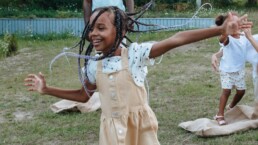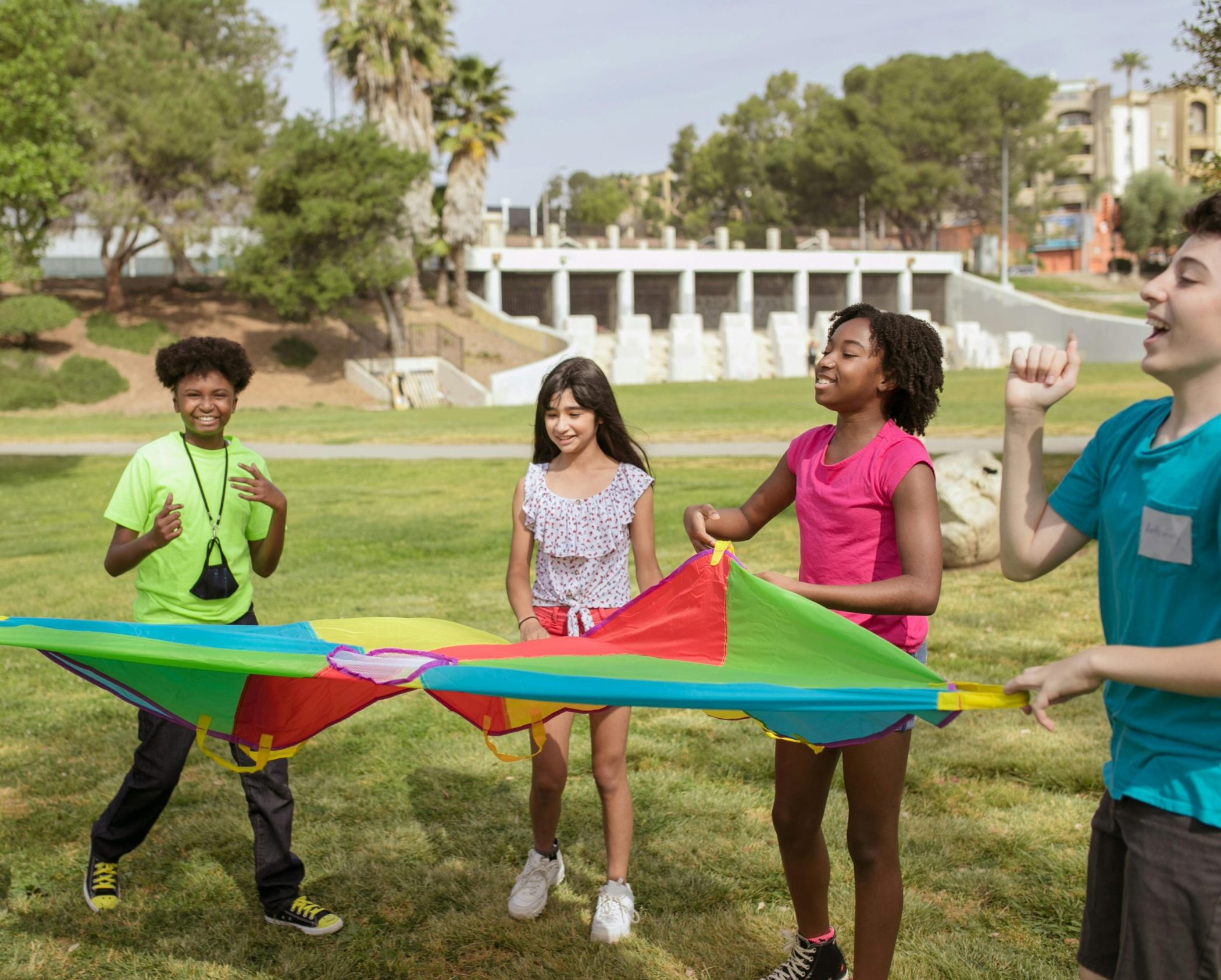Spring Readiness: The Importance of Outdoor Play for Early Childhood Development

Written By: Zahra Mahamud
Spring is finally here! The days are getting longer, the air feels fresher, and little ones are eager to break free from the walls of winter. As we step into this season of renewal, it’s the perfect time to talk about the importance of outdoor play in early childhood development.
For many families, especially in colder climates, the transition from indoor activities to outdoor exploration can feel overwhelming. But the benefits of outdoor play far outweigh the hassle of muddy boots and extra layers. Let’s dive into why it’s essential and how we can support our little ones in making the most of this spring season.
The Benefits of Outdoor Play
Boosts Physical Health
Children need movement to grow strong and healthy. Running, jumping, climbing, and balancing help develop gross motor skills, coordination, and muscle strength. Fresh air and natural sunlight also support vitamin D production, which is crucial for bone health. Plus, outdoor play helps burn energy leading to better sleep (a win for everyone!).
Encourages Social and Emotional Growth
Outdoor play provides endless opportunities for children to practice communication, problem-solving, and teamwork. Whether they’re negotiating turn-taking at the slide or working together to build a sandcastle, these interactions help build confidence, resilience, and cooperation.
Supports Cognitive Development
Nature is the best classroom. Exploring different textures, sounds, and environments stimulates a child’s senses and encourages curiosity. Simple activities like counting rocks, observing insects, or building with sticks lay the foundation for early math and science skills.
Reduces Stress and Enhances Mental Well-Being
Just like adults, children experience stress. Time outside has been proven to reduce anxiety and improve mood. Unstructured play in natural environments allows kids to release energy, regulate emotions, and simply enjoy the moment without the pressures of structured learning.

How to Prepare for Outdoor Play This Spring
Dress for the Weather
Spring can be unpredictable: sunny one moment, rainy the next. Dressing in layers and having waterproof gear on hand ensures that the weather doesn’t limit playtime. Think rain boots, light jackets, and sun hats.
Create Safe and Engaging Play Spaces
Whether it’s a backyard, park, or community space, ensure the area is safe for children to explore. Remove hazards, check for age-appropriate equipment, and encourage open-ended play opportunities.
Follow Their Lead
Children are natural explorers. Sometimes the best thing we can do is step back and let them take the lead. Whether they’re digging in the dirt, collecting leaves, or making up imaginative games, they’re learning in ways we might not immediately recognize.
Make It a Daily Habit
Incorporating outdoor play into the daily routine doesn’t have to be complicated. A walk around the block, a trip to the playground, or even a picnic in the yard can make a big difference. The key is consistency: giving children the time and space to explore the world around them.
Spring is a season of growth, and there’s no better way for young children to experience it than through outdoor play. It’s more than just fun, it’s essential for their development. As caregivers, educators, and community members, we have the opportunity to create environments where children thrive, explore, and embrace the joys of childhood.
So, as the flowers bloom and the temperatures rise, let’s encourage our little ones to step outside, get their hands dirty, and discover all the wonders that spring has to offer.
Let’s make this season one of movement, laughter, and learning one outdoor adventure at a time.